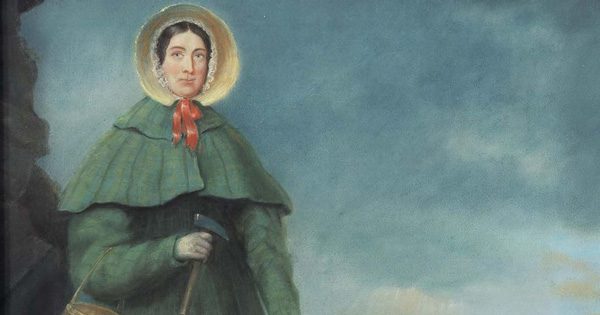One of history’s greatest downfalls is its asymmetry of acclaim, catapulting some figures into legend status while leaving others, even those of great cultural contribution, behind as mere footnotes. Today, we turn to five such unsung heroes whose work and legacy shaped fundamental aspects of modern life.
1. HENRIETTA LACKS
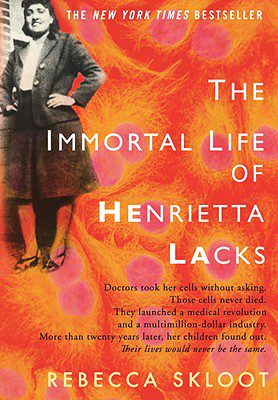 When Henrietta Lacks (1920-1951), an African-American mother of five who migrated from the tobacco farms of Virginia to poorest neighborhoods of Baltimore, died at the tragic age of 31 from cervical cancer, she didn’t realize she’d be the donor of cells that would create the HeLa immortal cell line — a line that didn’t die after a few cell divisions — making possible some of the most seminal discoveries in modern medicine. Though the tumor tissue was taken with neither her knowledge nor her consent, the HeLa cell was crucial in everything from the first polio vaccine to cancer and AIDS research. To date, scientists have grown more than 20 tons of HeLa cells.
When Henrietta Lacks (1920-1951), an African-American mother of five who migrated from the tobacco farms of Virginia to poorest neighborhoods of Baltimore, died at the tragic age of 31 from cervical cancer, she didn’t realize she’d be the donor of cells that would create the HeLa immortal cell line — a line that didn’t die after a few cell divisions — making possible some of the most seminal discoveries in modern medicine. Though the tumor tissue was taken with neither her knowledge nor her consent, the HeLa cell was crucial in everything from the first polio vaccine to cancer and AIDS research. To date, scientists have grown more than 20 tons of HeLa cells.
In The Immortal Life of Henrietta Lacks, the ever-brilliant Rebecca Skloot weaves a fascinating and tender detective story about HeLa’s legacy through the discovery of Henrietta’s youngest daughter, Deborah, who didn’t know her mother but who always knew she wanted to be a scientist. As Skloot and Deborah, infinitely different yet united by the shared quest for answers, unravel one of the most absorbing mysteries of modern science, we also get a rich and sensitive tale about family, community, and the dark side of society’s capacity for exploiting its poorest and most vulnerable members. The book, one of the decade’s most excellent and ambitious science-and-so-much-more reads, is currently being made into an HBO movie by Oprah Winfrey and Alan Ball.
Good science is all about following the data as it shows up and letting yourself be proven wrong, and letting everything change while you’re working on it — and I think writing is the same way.” ~ Rebecca Skloot



2. LINCOLN BEACHEY
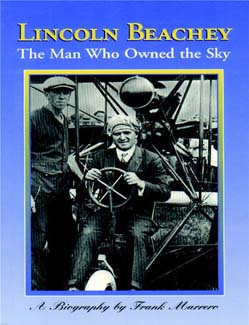 “Master Birdman.” “The man who owned the sky.” “The world’s greatest aviator.” Lincoln Beachey (1887-1915) was known by many names and recognized by sight by hundreds of thousands around the world in his heyday — yet, despite having invented aerobatics, pioneered aviation stunts, and set a number of records, he remains practically unknown today. His story is one of optimism, bravery, entrepreneurship and, ultimately, deadly obsession.
“Master Birdman.” “The man who owned the sky.” “The world’s greatest aviator.” Lincoln Beachey (1887-1915) was known by many names and recognized by sight by hundreds of thousands around the world in his heyday — yet, despite having invented aerobatics, pioneered aviation stunts, and set a number of records, he remains practically unknown today. His story is one of optimism, bravery, entrepreneurship and, ultimately, deadly obsession.
Beachey was early to the mechanics game — he opened his own bicycle shop at the age of 13, graduated to repairing motorcycle by 15, and eventually made his way to the emerging and glamorous world of aviation as a dirigible pilot. When he was 17, he set out on a publicity stunt, building his own dirigible and flying it around the Washington Monument, eventually landing it on the White House. His remarkable flying stunts and clever personal branding soon catapulted both Beachey and aviation itself into mainstream, international fame — but his relentless ambition was also the demon of his demise. On March 14, 1915, Beachey set out to impress a crowd of nearly 250,000 at the Panama-Pacific International Exposition with a stunt he had never performed in public before — inverted flight. As he intently dove to make a loop and turn the plane onto its back, he failed to notice he was only 2,000 feet above San Francisco Bay. Startled, he pulled on the controls to flip the plane back, but strain ripped both wings off, causing the plane to plunge directly into the bay. By the time Navy officers recovered Beachy’s body 1 hour and 45 minutes later, Beachey was long dead — from drowning, not the crash, as an autopsy determined — but rescuers spent nearly 3 hours trying to revive the era’s beloved folk hero. He was 28.
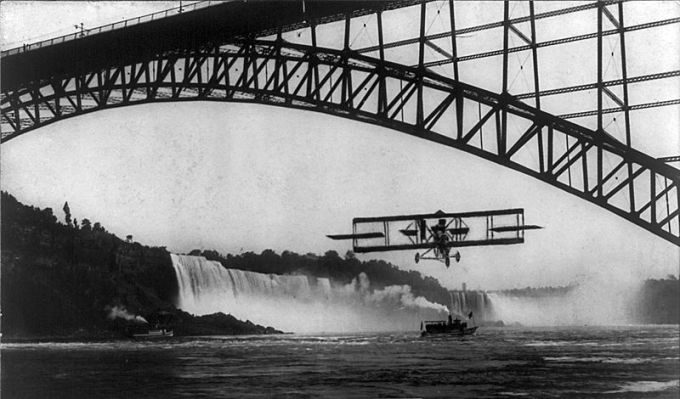
Actually, Beachey is hardly unsung in the literal sense — his final flight became the subject of a popular rope-skipping rhyme from the 1920s, uncovered by the fine folks at Radiolab in their fantastic recent episode on loops. (The same episode that inspired last week’s beautiful and poetic animated short film about the afterlife of a whale and that, in fact, in part inspired this very article on unsung heroes.)
3. POGGIO BRACCIOLINI
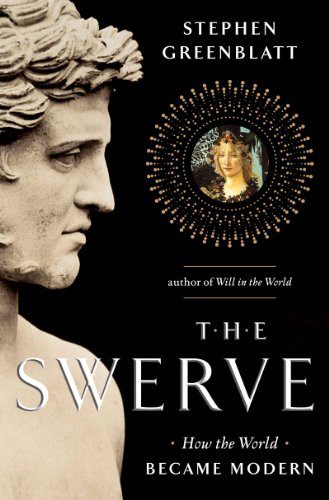 Poggio Bracciolini (1380-1459) is the most important man you’ve never heard of.
Poggio Bracciolini (1380-1459) is the most important man you’ve never heard of.
One cold winter night in 1417, the clean-shaven, slender young man pulled a manuscript off a dusty library shelf and could barely believe his eyes. In his hands was a thousand-year-old text that changed the course of human thought — the last surviving manuscript of On the Nature of Things, a seminal poem by Roman philosopher Lucretius, full of radical ideas about a universe operating without gods and that matter made up of minuscule particles in perpetual motion, colliding and swerving in ever-changing directions. With Bracciolini’s discovery began the copying and translation of this powerful ancient text, which in turn fueled the Renaissance and inspired minds as diverse as Shakespeare, Galileo, Thomas Jefferson, Einstein, and Freud.
In The Swerve: How the World Became Modern, acclaimed Renaissance scholar Stephen Greenblatt tells the story of Bracciolini’s landmark discovery and its impact on centuries of human intellectual life, laying the foundations for nearly everything we take as a cultural given today.
This is a story [of] how the world swerved in a new direction. The agent of change was not a revolution, an implacable army at the gates, or landfall of an unknown continent. […] The epochal change with which this book is concerned — though it has affected all our lives — is not so easily associated with a dramatic image.”
4. FRED HARVEY
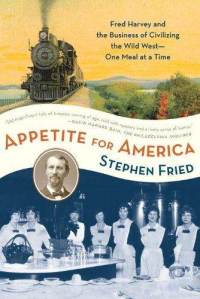 Without Fred Harvey (1835-1901), modern life would be devoid of such staples as Starbucks, Yelp, Top Chef, and even dating — for Harvey pioneered the restaurant chain in North America and thus elevated the restaurant itself from a small-town business to a formidable industry. From his first eating houses along the Atchison, Topeka and Santa Fe Railroad to his eventual Harvey House empire of restaurants, lunch rooms, dining cars, hotels, and souvenir shops, the cunning entrepreneur and marketer inspired the iconic Judy Garland musical The Harvey Girls (which might, in fact, disqualify him from the “unsung” game) and embodied the spirit that makes America America.
Without Fred Harvey (1835-1901), modern life would be devoid of such staples as Starbucks, Yelp, Top Chef, and even dating — for Harvey pioneered the restaurant chain in North America and thus elevated the restaurant itself from a small-town business to a formidable industry. From his first eating houses along the Atchison, Topeka and Santa Fe Railroad to his eventual Harvey House empire of restaurants, lunch rooms, dining cars, hotels, and souvenir shops, the cunning entrepreneur and marketer inspired the iconic Judy Garland musical The Harvey Girls (which might, in fact, disqualify him from the “unsung” game) and embodied the spirit that makes America America.
I spent the better portion of my college years sifting through countless rolls of 19th-century newspaper microfilm, calling small public libraries across the American Southwest, and scouring eBay for Harvey ephemera as I helped author Stephen Fried with his research for Appetite for America: Fred Harvey and the Business of Civilizing the Wild West, One Meal at a Time — a fascinating and lively more-than-biography of Harvey that traces his incredible journey of entrepreneurship, the little-known family drama that surrounded his quest, and his lasting legacy.
5. MARY ANNING
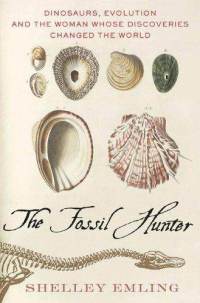 British fossil collector and paleontologist Mary Anning (1799-1847) was only twelve years old and the child of a poor family when she made her first seminal discovery. While fossil-hunting on the cliffs of Lyme Regis, England, she found what was, at the time, believed to be the first dinosaur skeleton — the remains of an ichthyosaur, a prehistoric reptile. Until her landmark discovery, animal extinction was believed to be impossible. Though her gender and social class made it difficult for her to fully participate in the scientific community of 19th-century Britain, she read as much scientific literature as she could get her hands on and went on to become a renowned fossil-hunter and dealer, often risking her life in the face of landslides and daunting cliffs. The great Stephen Jay Gould, arguably the most beloved popular science writer of all time, famously called Anning “probably the most important unsung (or inadequately sung) collecting force in the history of paleontology” — indeed, her work ignited a fundamental shift in scientific thinking about prehistoric life in the early 19th century.
British fossil collector and paleontologist Mary Anning (1799-1847) was only twelve years old and the child of a poor family when she made her first seminal discovery. While fossil-hunting on the cliffs of Lyme Regis, England, she found what was, at the time, believed to be the first dinosaur skeleton — the remains of an ichthyosaur, a prehistoric reptile. Until her landmark discovery, animal extinction was believed to be impossible. Though her gender and social class made it difficult for her to fully participate in the scientific community of 19th-century Britain, she read as much scientific literature as she could get her hands on and went on to become a renowned fossil-hunter and dealer, often risking her life in the face of landslides and daunting cliffs. The great Stephen Jay Gould, arguably the most beloved popular science writer of all time, famously called Anning “probably the most important unsung (or inadequately sung) collecting force in the history of paleontology” — indeed, her work ignited a fundamental shift in scientific thinking about prehistoric life in the early 19th century.

The Fossil Hunter: Dinosaurs, Evolution, and the Woman Whose Discoveries Changed the World tells Anning’s extraordinary story of curiosity, rigor, self-education, and passionate perseverance in the face of stifling social norms and circumstances. Anning is also the protagonist of a delightful children’s book, Stone Girl Bone Girl: The Story of Mary Anning.
Like Beachey, Anning too inspired a popular piece of folk poetry, the tongue-twister “She Sells Sea Shells by the Seashore.”


